You may also like



New customers save 10% with code WELCOME10
Sorry, looks like we don't have enough of this product.
Your cart is currently empty.


Roast Level: Light
Type: Single-Origin
Origin: Kenya , Africa
Region: Karatina Town, Kirinyaga District, Central Province
Farm / Producer: Kagumoini Factory, part of the Mugaga FCS
Altitude: 1650m – 1750m asl
Cultivar: SL28, SL34, Batian
Process: Washed
A light, filter style roast highlights bold blackcurrant, candied lemon and redcurrant. Bright and layered with a syrupy sweetness and clean, structured finish.

More about Grinding and other useful brewing information here

At its best, Kenyan coffee is quite remarkable with a quality and intensity rarely matched elsewhere. The coffees have a bold, effervescent acidity combined with delicious citrus fruit and berry flavours. Central Kenya continues to produce the peak of this quality, with Kirinyaga and Nyeri being the stand out districts year in year out.
This coffee comes from Kagumoini, a wet mill affiliated to the Mugaga Farmers’ Cooperative Society, located in Central Kenya’s coffee heartland. It sits just outside the town of Karatina, in Kirinyaga near the Nyeri border, where red volcanic soils and high elevation produce some of the country’s most expressive washed coffees. Members live just a few miles from the factory, farming the rolling, red-earthed hills under the shadow of Mount Kenya, where they grow SL28, SL34 and Batian on small plots at over 1650 metres, with harvests typically handpicked and delivered the same day.

Kagumoini captures the signature blackcurrant flavour and intensity that has made Kenyan coffee world-famous. For this reason, we’ve kept the roast light, allowing the complex, almost effervescent citric and apple acidity to shine. Bold blackcurrant and redcurrant notes, complemented by candied lemon, create an expressive fruitiness. A syrupy, viscous butterscotch-like sweetness harmoniously balances taste, raising the citrus and berry fruit notes. As the coffee cools notes of red apple, and stewed rhubarb build, with hints of vanilla carrying into a clean, layered finish.
We recommend drinking Kagumoini without milk to best experience its clarity and structure, ideally on filter, aeropress or French press. If you prefer milk with your coffee the flavours will switch to a warming, satisfying cinder toffee and citrus curd on a butter like mouthfeel.

Before fermentation, producers commonly re-sort their pickings by hand at the mill to separate out the ripest, most uniform cherry. This attention to detail builds structure and complexity in the cup. From there the processing follows the traditional Kenyan washed method of depulping, fermentation, washing in channels, and slow sun-drying on raised beds over around three weeks. The result is a layered, fruit-forward profile with vibrant acidity and clarity.
You may also like
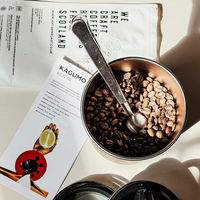
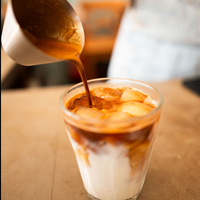

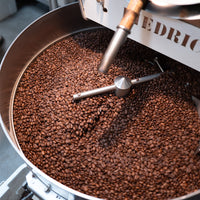
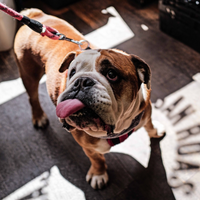
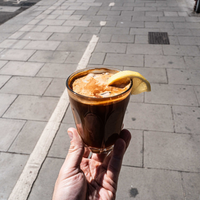




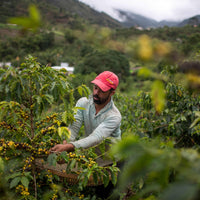

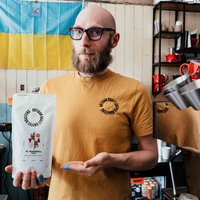
Designed by Mainlyphotography Studio




